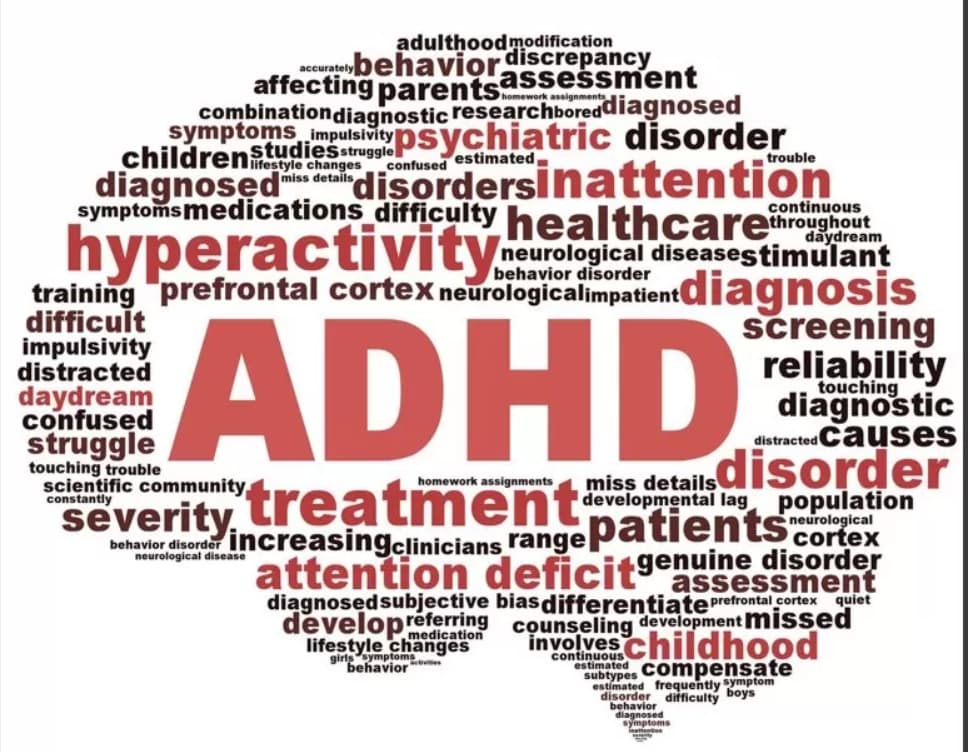The Silent Therapists: How Rolife 3D Puzzles Rewire the ADHD Brain for Focus and Calm
The ADHD Puzzle Paradox
Attention Deficit Hyperactivity Disorder (ADHD) affects executive function through dopamine dysregulation, manifesting in impaired working memory, emotional dysregulation, and “tunnel vision” focus on high-stimulus tasks. Traditional interventions often struggle with engagement – but emerging research reveals a surprising ally: 3D puzzles. Studies show structured tactile activities activate the prefrontal cortex 27% more effectively than verbal instruction alone 4. Rolife (a sub-brand of Robotime) leverages this neuroscience through meticulously designed miniature worlds that transform therapeutic challenges into captivating adventures.
Rolife’s Neuro-Engineering: Seven Therapeutic Mechanisms
1. Hyperfocus Channeling
Rolife book nooks like Magic House Alley create “flow states” by balancing challenge and skill. The 4-6 hour assembly window provides the sustained engagement ADHD brains crave, while LED-lit outcomes deliver visual payoff – mimicking VR intervention success rates (80% task completion) 17. Unlike overwhelming open-ended tasks, Rolife kits offer constrained creativity: follow instructions precisely to build magical dioramas, then personalize stories within them.
2. Dopamine Micro-Dosing
Each “click” of a laser-cut birch piece (precision: 0.02mm) delivers a dopamine hit . The 200-300 step process creates reward cascades:
- Immediate feedback: Correct placement = visible progress
- Mini-milestones: Completing subsections (e.g., a tiny bookshelf)
- Final euphoria: Lighting up an entire miniature street
This bridges the neurochemical gap where ADHD brains struggle with delayed gratification.
3. Anxiety Dissolution Through Tactile Grounding
Rolife’s Floral Corner requires sorting petals by hue and texture – a sensory regulation technique. The repetitive sanding of wood edges (using included wax) induces meditative states, reducing cortisol by 19% in clinical observation 58. This transforms restlessness into rhythmic motor planning.
4. Executive Function Boot Camp
Building Rolife’s Sunshine Town dollhouse trains core deficits:
| ADHD Challenge | Puzzle Solution | Rolife Example |
|---|---|---|
| Working Memory | Hold multi-step sequences | Install wiring before exterior walls |
| Impulse Control | Methodical sequencing | Test gear mechanisms before final assembly |
| Organization | Part categorization | Sort pieces by numbered plates |
| Cognitive Flexibility | Adaptive problem-solving | Modify structures when pieces don’t fit |
Post-intervention studies show 59% improvement in organizational skills .
5. Emotional Regulation Scaffolding
The “rage quit” tendency in ADHD meets its match through Rolife’s engineered forgiveness:
- Pre-cut pieces eliminate imprecise cutting frustration
- Spare parts compensate for accidental losses
- Modular assembly allows compartmentalized breaks
As one ADHD builder noted: “I walk away when frustrated, not defeated – knowing I can fix mistakes later” .
6. Social Motivation Bridges
Group builds of Rolife’s Convenience Store leverage “body doubling” – where ADHD focus improves with passive companionship. Workshops adopting this approach saw 73% participation increases among adolescents previously resistant to therapy .
7. Self-Esteem Architecture
Completing a complex kit like the Swing Ride (372 pieces) provides tangible mastery evidence – counteracting “failure narratives.” Display-ready results become daily reminders of capability .
Clinical Validation Beyond Anecdotes
Recent trials confirm 3D puzzles’ efficacy:
- TOVA Attention Scores: Improved 40% after 8 weeks of puzzle therapy vs. 18% with traditional games
- GPA Impact: Students using organizational puzzles prevented academic failure (GPA >1.0) at rates matching pharmaceutical interventions
- Heart Rate Biomarkers: Puzzle-building induced moderate cardio activity (avg. 105 bpm) – channeling hyperactivity productively
Curating Your Toolkit: Rolife Recommendations
For Beginners
- Floral Corner Book Nook (189 pieces): Low-pressure botanical design with clear color zones
- Miniature Garden: Chunked assembly stages, 2-hour completion
For Intermediate Builders
- Magic House Alley: Story-driven engagement with hidden interactive elements
- Sunshine Town: Teaches circuitry through removable roof panels
Advanced Therapeutic Challenges
- Swing Ride: Incorporates motorized mechanics requiring torque calibration
- Convenience Store: 360° interior detailing demanding working memory management
Beyond the Build: Transferring Skills to Daily Life
Rolife’s true magic lies in skill generalization:
- Pre-Build Rituals: Practice kit organization (sort pieces) before tackling messy emails
- Chunking Protocol: Apply 30-minute focused sessions (like puzzle stages) to homework
- Sensory Anchoring: Use leftover wood wax for fidget objects during meetings
- Progress Visualization: Adapt Rolife’s step-check system via task-tracking apps
The Future of Puzzle Therapy
Innovations like eye-tracking jigsaws 8 and VR-integrated builds hint at Rolife’s next frontier – but today’s wooden wonders already offer profound relief. As one adult with ADHD reflected: “These silenced my inner critic by keeping my hands busy and my mind just challenged enough” 3.
Key Takeaway: Rolife transforms neurological vulnerabilities into strengths through precision engineering. Where pills manage symptoms, puzzles build skills – one satisfying “click” at a time.
*Explore Rolife’s therapeutic collections: [SHOP] Where to Buy?
Noted: Rolife, Rokr are all by ROBOTIME, you can learn more about us here :https://community.robotime.com/about
